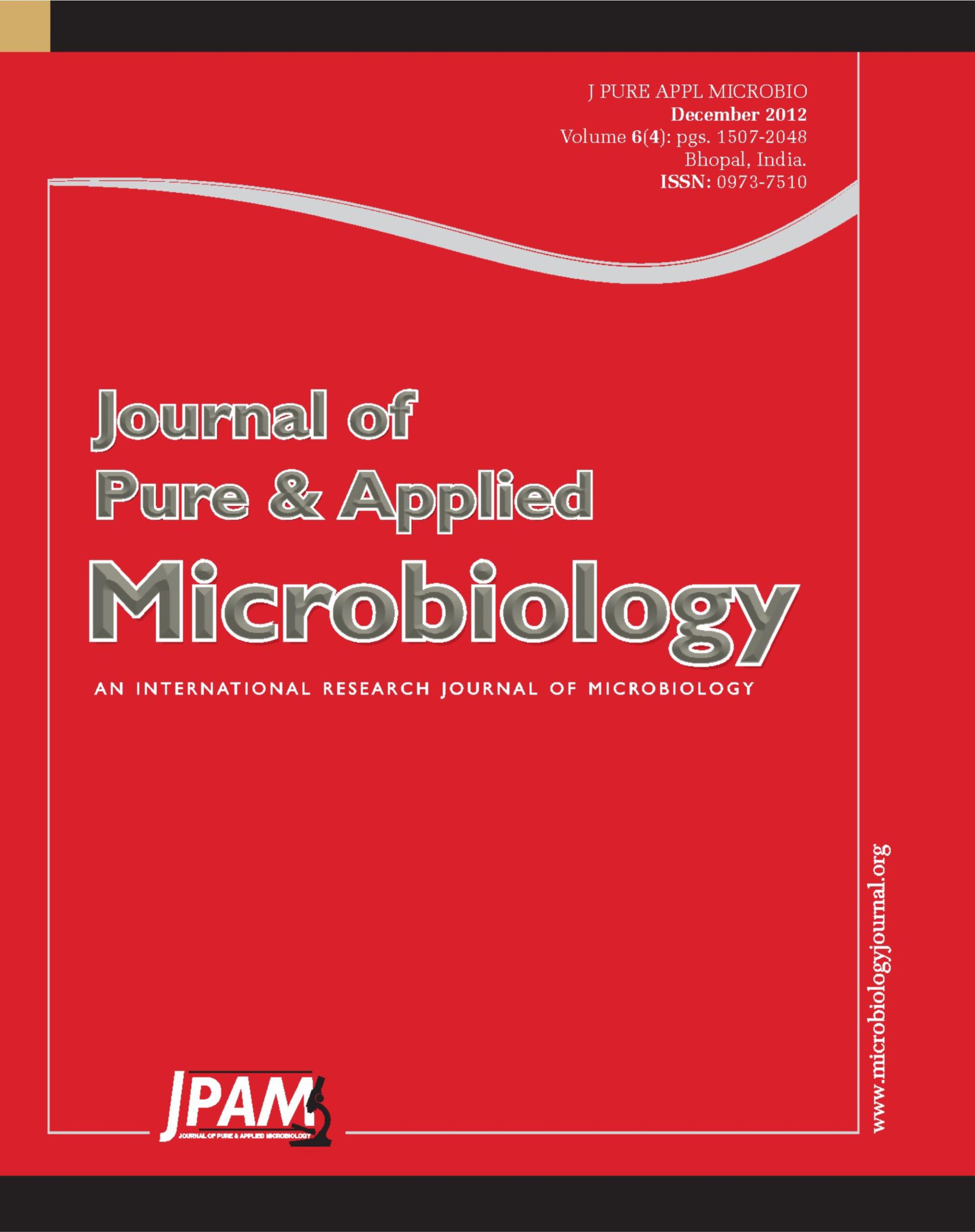An alkalophilic strain of Streptomyces albidoflavus TBG-S13A5 secreted keratin hydrolysing proteases in submerged batch cultures in basal broth of pH 10.5 at 30±20C with white chicken feathers as inducer substrate. Enhanced protease production of around six fold was achieved with modified nutritional parameters viz., sodium nitrate (0.24%), magnesium sulphate (0.03%) and feather (0.8%). Under solid state fermentation maximum protease production was on 7thday (~52 U/gds). The protease activity of the crude enzyme was studied in relation to various factors. The crude enzyme was active and stable in neutral and alkaline conditions. Maximal protease activity was at pH 9.0 and in the temperature range of 60-700C. Protease activity was partially inhibited individually by the protease inhibitors PMSF (Phenylmethylsulfonyl fluoride) and EDTA (Ethylene diamine tetra aceticacid). The crude enzyme was generally tolerant to the detergents and solvents tested. Protease activity was partially inhibited by the reducing agent, b-Mercaptoethanol (b-ME). Metal ions like BaCl2, MgCl2 and MgSO4 increased protease activity whereas it was strongly inhibited by HgCl2, ZnSO4 and CuSO4.
Streptomyces albidoflavus, Keratin hydrolysing proteases, Solid state fermentation
© The Author(s) 2012. Open Access. This article is distributed under the terms of the Creative Commons Attribution 4.0 International License which permits unrestricted use, sharing, distribution, and reproduction in any medium, provided you give appropriate credit to the original author(s) and the source, provide a link to the Creative Commons license, and indicate if changes were made.


